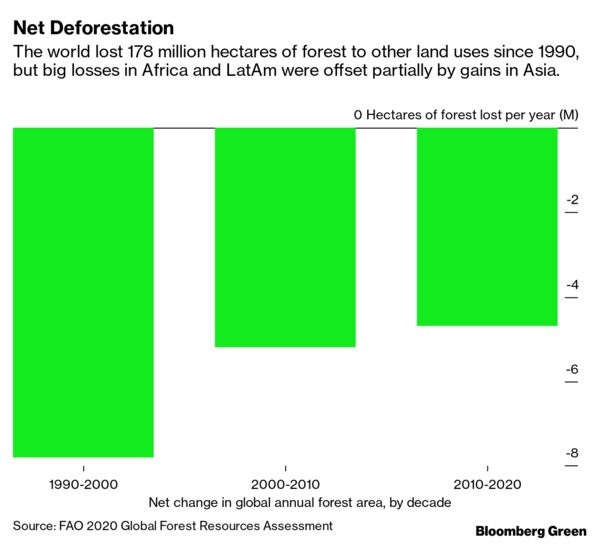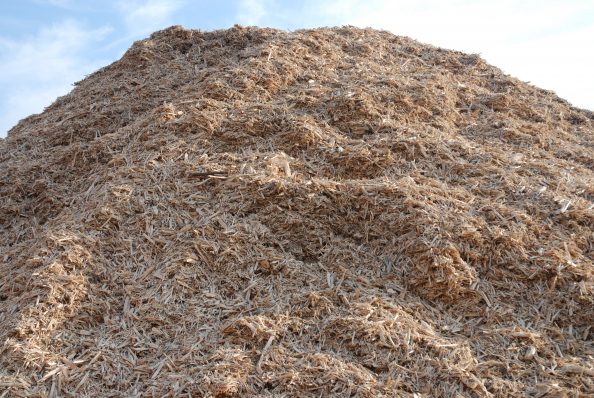 As governments across Canada and the US reopen their economies, questions are being asked. The headlines include:
As governments across Canada and the US reopen their economies, questions are being asked. The headlines include:
- Restarting when the ones earning the least face the highest risk
- Emergency response must include reform, says United Steelworkers
- British Columbia unveils four phases of plan to reopen province
- What kind of recovery economy Is BC planning to build
In other Business news: homebuyer demand rises as states reopen; lumber prices back to month-ago levels; San Group overcomes local skeptic; positive Q1 results from Stella Jones (treated wood); and Cascades (tissue); but negative Q1 results from Western Forest (strike and Covid); and Acadian Timber (currency).
In other news: hundreds evacuated due to Florida wildfire; Oregon wildfire camps need to change amid pandemic; BC hopeful COVID restrictions will mean fewer fires; UN says deforestation progress is good but slow; and invasive-species experts are preparing for the arrival of murder hornets.
Finally, FPInnovations breaks the mold and ‘dressing up & down’ in the #TreeFrogICU.
Kelly McCloskey, Tree Frog Editor



 VANCOUVER, BC — Western Forest Products reported negative adjusted EBITDA of $17.4 million in the first quarter of 2020. Results were impacted by strike action that concluded in mid-February at the majority of its BC-based operations, a graduated return to work through the second half of the quarter, weak North American markets, and the Coronavirus pandemic. The Company mitigated losses arising from labour disruptions by selling available inventory and minimizing certain expenditures. …As a result of business uncertainty caused by COVID-19, Western has suspended its quarterly dividend.
VANCOUVER, BC — Western Forest Products reported negative adjusted EBITDA of $17.4 million in the first quarter of 2020. Results were impacted by strike action that concluded in mid-February at the majority of its BC-based operations, a graduated return to work through the second half of the quarter, weak North American markets, and the Coronavirus pandemic. The Company mitigated losses arising from labour disruptions by selling available inventory and minimizing certain expenditures. …As a result of business uncertainty caused by COVID-19, Western has suspended its quarterly dividend.




 As the world continues to tally the economic damage inflicted by the coronavirus pandemic, cross-laminated timber is gaining in popularity because of its relative inexpensiveness and sustainability. Those benefits — and a few concerns — of CLT were discussed during Bisnow’s The Rise of Mass Timber & CLT webinar in the Pacific Northwest last week. “We are very bullish that CLT is the way of the future,” Kaiser + Path owner and principal Ben Kaiser said. “Coming out of this time we are in, the world will yearn for cleaner air and cleaner water and CLT will launch forward with more momentum than it’s had over the last couple of years.” The benefits of CLT are numerous: It is lighter, fewer workers are needed to install it, it has consistent pricing, and it is usually environmentally friendly.
As the world continues to tally the economic damage inflicted by the coronavirus pandemic, cross-laminated timber is gaining in popularity because of its relative inexpensiveness and sustainability. Those benefits — and a few concerns — of CLT were discussed during Bisnow’s The Rise of Mass Timber & CLT webinar in the Pacific Northwest last week. “We are very bullish that CLT is the way of the future,” Kaiser + Path owner and principal Ben Kaiser said. “Coming out of this time we are in, the world will yearn for cleaner air and cleaner water and CLT will launch forward with more momentum than it’s had over the last couple of years.” The benefits of CLT are numerous: It is lighter, fewer workers are needed to install it, it has consistent pricing, and it is usually environmentally friendly.



/cloudfront-us-east-1.images.arcpublishing.com/tgam/LN6TLR3RIRL4JEO5S6XE4M6IEA.jpg)






 …The wood bioenergy industry is a critical and essential component of the global economy and worldwide energy infrastructure… That’s why the U.S. Department of Homeland Security has identified the wood bioenergy sector as a “critical infrastructure industry” with a “special responsibility” to maintain operations during a national emergency such as today’s COVID-19 pandemic. First responders, hospitals, and medical professionals rely on the power provided by wood bioenergy to do their jobs and protect our communities. …In other words, in order to meet greenhouse gas emissions reduction goals, countries that have added low-carbon wood bioenergy to their energy mixes will reduce fossil fuel usage, not bioenergy usage. Wood bioenergy is a necessary tool in the fight against global climate change, and the work of foresters, loggers, landowners, and biomass producers in the U.S. is more important than ever …to support first responders and the global response to the coronavirus crisis.
…The wood bioenergy industry is a critical and essential component of the global economy and worldwide energy infrastructure… That’s why the U.S. Department of Homeland Security has identified the wood bioenergy sector as a “critical infrastructure industry” with a “special responsibility” to maintain operations during a national emergency such as today’s COVID-19 pandemic. First responders, hospitals, and medical professionals rely on the power provided by wood bioenergy to do their jobs and protect our communities. …In other words, in order to meet greenhouse gas emissions reduction goals, countries that have added low-carbon wood bioenergy to their energy mixes will reduce fossil fuel usage, not bioenergy usage. Wood bioenergy is a necessary tool in the fight against global climate change, and the work of foresters, loggers, landowners, and biomass producers in the U.S. is more important than ever …to support first responders and the global response to the coronavirus crisis.